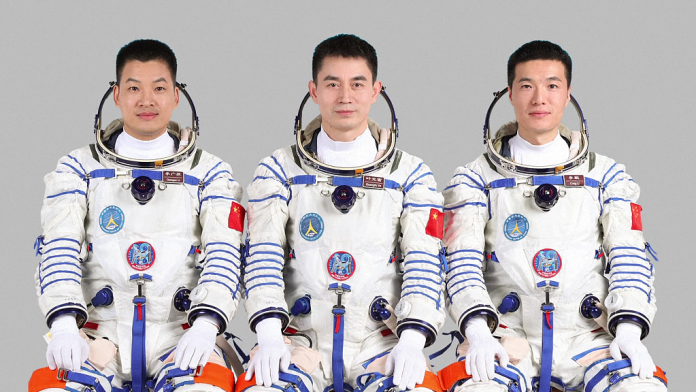China achieved another milestone in space exploration with the successful launch of the Shenzhou-18 manned mission, marking the country’s 13th manned spaceflight and its first manned mission to the China Space Station this year. Let’s delve into the details of this historic journey.
China’s Shenzhou-18 mission embarked on its journey to the stars as a Long March-2F carrier rocket propelled the spacecraft into space from the Jiuquan Satellite Launch Center. The three-member crew, consisting of astronauts Ye Guangfu, Li Cong, and Li Guangsu, are set to conduct in-orbit rotations with the Shenzhou-17 crew during their approximately six-month stay at the China Space Station.
The mission holds significant importance, representing China’s commitment to advancing its space program and exploring the frontiers of scientific research in microgravity. With plans for six cargo outbound deliveries via the station’s cargo airlock module and two to three extravehicular activities (EVAs), the crew will engage in a wide array of experiments encompassing basic physics, space material science, space life science, space medicine, and space technology.
One groundbreaking initiative includes China’s first in-orbit aquatic ecological research project, aimed at establishing a self-cycling aquatic ecosystem using zebrafish and hornwort. Additionally, the crew will conduct the world’s first in-orbit stem cell study on plant stem tips to unravel the mechanisms of plant evolutionary adaptation to gravity.
The successful launch and mission execution underscore China’s prowess in space exploration and scientific innovation, setting the stage for further advancements in space technology and research. As the crew embarks on this unprecedented journey, their endeavors promise to deepen our understanding of the universe and pave the way for future space exploration endeavors.
#Shenzhou18 #ChinaSpaceStation #SpaceExploration #Astronauts #MicrogravityResearch #STEM #ScienceAndTechnology


